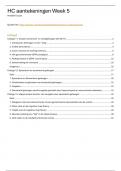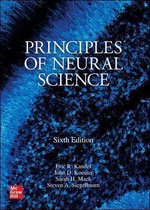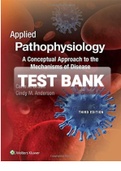Class notes
College aantekeningen Leren en geheugen (5102LEGE9Y) Week 5
- Course
- Institution
- Book
Een uitgebreide en overzichtelijke samenvatting van de hoorcolleges uit week 5 voor deeltentamen 2 van het vak Leren en Geheugen van de studie Psychobiologie aan de UvA ().
[Show more]





